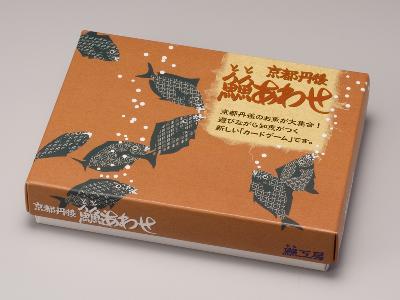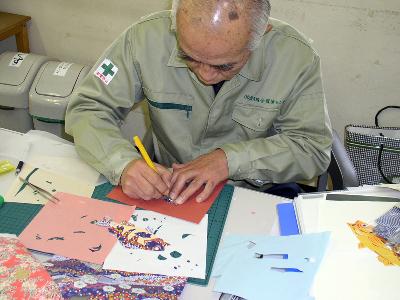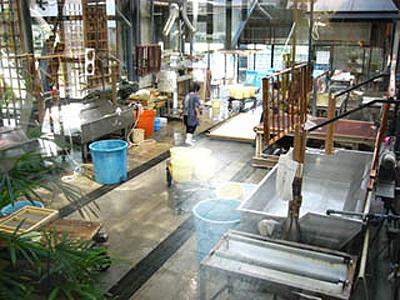Awawashi is a paper made mainly in Oeguyamakawa, in the Aba region (today's Tokushima Prefecture). It is colored using local specialty dyes.
Awawashi originated about 1300 years ago, when the Imi-buzoku (Imi Tribe) serving under the Imperial Court planted and harvested hemp and paper mulberry to make paper and cloth. Records of this were found in archives dating to 807.
In the early Edo period, around the year 1636, the Han (fiefs of feudal lords of Japan) made it a policy to invigorate the paper industry, and encouraged farmers to undertake papermaking as a side job. The dyed Awawashi paper was recognized around Japan due to its color.
It came to be used in several ways, such as for Abahan’s script or as a form of currency called hansatsu, or simply for drawing. Later, Awawashi received wider recognition after it was seen at the Paris International Exhibition in 1890. After that, the number of papermakers making this paper rose to a peak of around 700.
Today, the most widely seen Awawashi is white, and the tradition that the Awawashi built up is slowly fading.


















